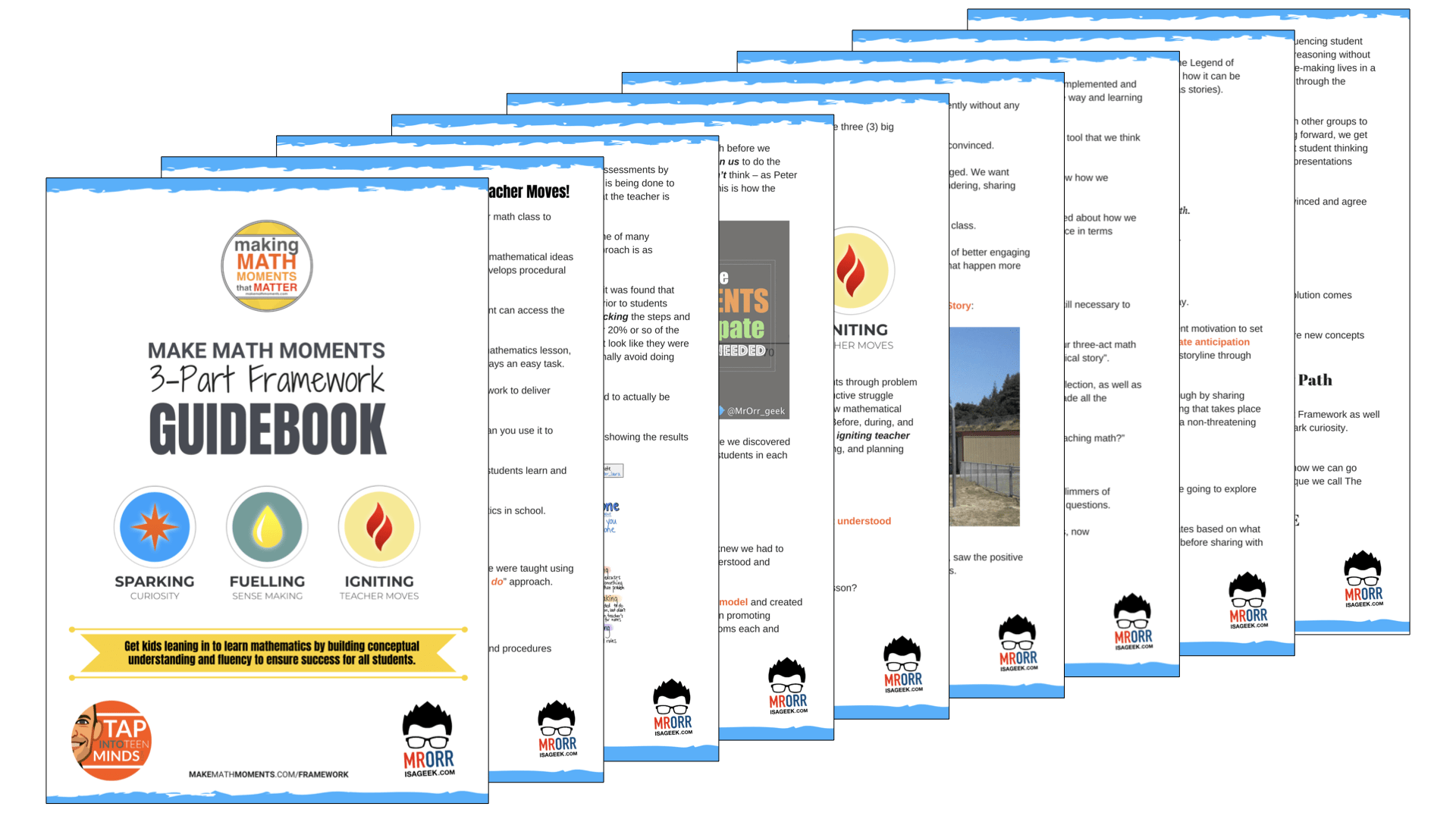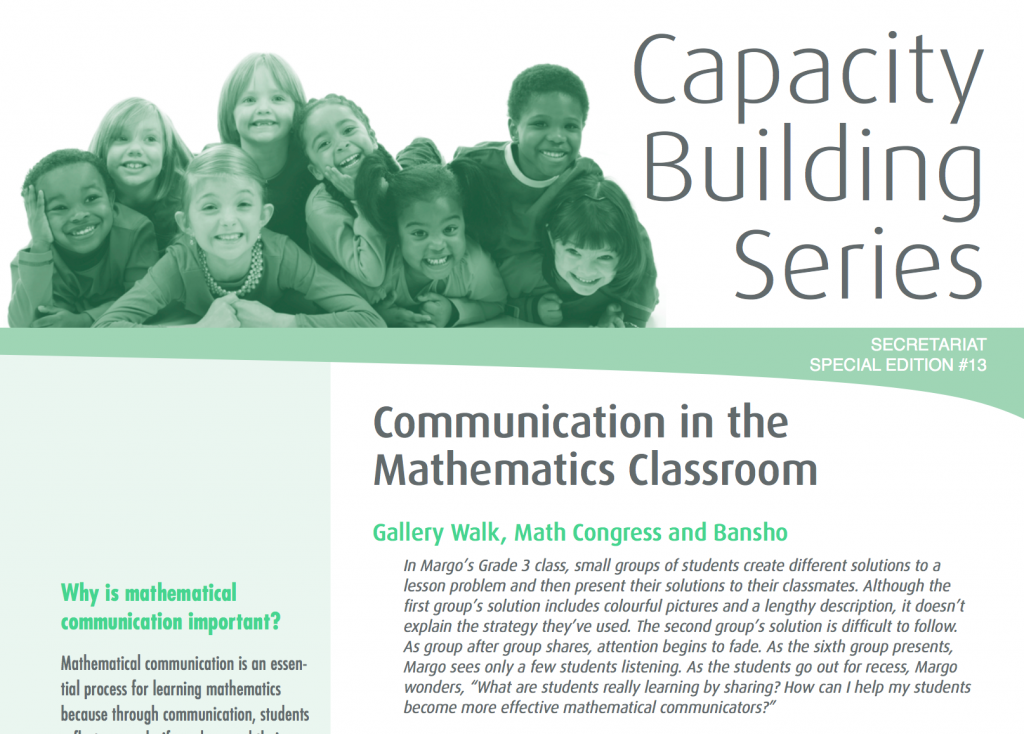Reflecting on my own teaching practice, it has only been about three years since I have truly learned how to embrace a Think-Talk-Write approach to my mathematics teaching. Like all aspects of teaching, this is still an area that I can improve on and this particular section of this module has given me the realization that I still keep a Think-Talk-Write approach separate from formative or summative assessment.
Think-Talk-Write AND Assessment
After reading the Capacity Building Series article, Communications in the Mathematics Classroom, I realize that the Think-Talk-Write approach does not have to be a separate compoent of the lesson from asssessment. When reflecting on how I can incorporate formative assessment with the Think-Talk-Write approach, it seems almost obvious that formative evidence can be gathered by allowing students to think, talk with a partner or group and then take some time to complete a written or verbal task as a formative assessment.
Math Talk During Summative Assessment?
While a summative assessment could be completed in a similar fashion to that of a formative assessment as stated previously, I have trouble visualizing how that would look in my classroom. I could see the benefit of students being able to talk out a question with neighbours, but I anticipate that some educators would make the claim that students should have acquired the skills necessary for a summative evaluation. I personally feel that if students have an opportunity to have a rich discussion about a problem and then break off to complete the problem indepedently with success, this is much better than the student attempting independently and failing.
Assessment For Learning Through Math Talk
Integrating assessment and the Think-Talk-Write approach is something I am interested in exploring for my next summative evaluation. I plan to have a discussion with my colleagues about this idea and see if they are interesting in also participating in an experiement. My suggestion would be to give students an opportunity to read and think about a problem for a specific amount of time without having the opportunity to write. Then, students would have a discussion with a partner for a particiular amount of time still refraining from writing anything. Finally, students will then break off independently to complete the problem on their own. The goal here is to allow students to think, co-plan a problem solving strategy, and then break off to attempt the problem independently.
I think having an opportunity to have a discussion during an assessment, but still complete the problem independently could not only improve the success your students experience, but also allow them to deepen their understanding through this assessment for learning.
WANT TO LEARN HOW TO TEACH THROUGH TASK?

Share With Your Learning Community:

About Kyle Pearce
I’m Kyle Pearce and I am a former high school math teacher. I’m now the K-12 Mathematics Consultant with the Greater Essex County District School Board, where I uncover creative ways to spark curiosity and fuel sense making in mathematics. Read more.
Read More From The Blog

